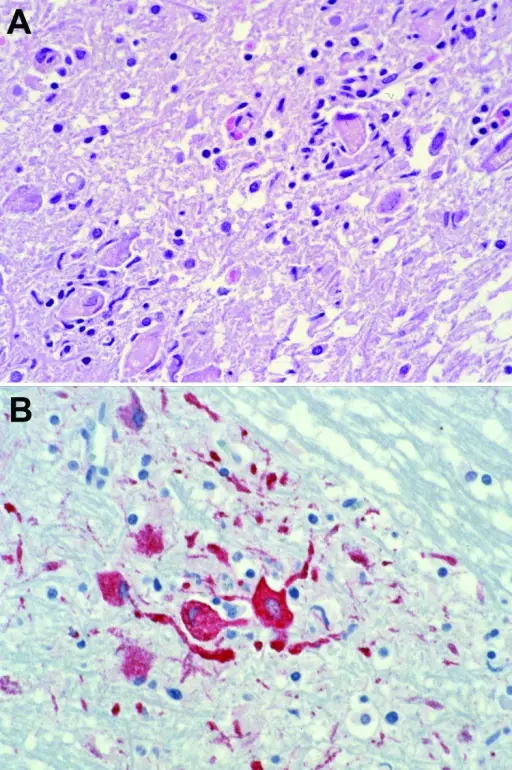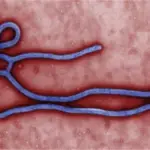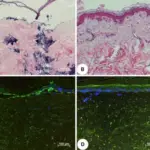West Nile virus is a single-stranded RNA virus that causes West Nile fever by biting an infected mosquito.
What is the Pathology of West Nile Virus?
The pathology of west nile virus is:
-Etiology: The cause of West Nile virus is the bite of an infected female mosquito.
-Genes involved: Not applicable.
-Pathogenesis: The sequence of events that lead to west Nile virus are the virus enters through peripheral inoculation and initial replication of virus is occured in skin Langerhans dendritic cells. These cells migrate to and seed draining lymph nodes, resulting in a primary viremia and subsequent infection of peripheral tissues such as the spleen and kidney.
-Morphology: The morphology associated with west nile virus shows positive-stranded RNA virus surrounding an icosahedral capsid of approximately 50 nm in size.
-Histology: The histology associated with west nile virus shows perivascular lymphocytic infiltrates, microglial nodules, neuronal loss, and neuronophagia.
How does West Nile Virus Present?
Patients with west nile virus typically are all genders of all ages. The symptoms, features, and clinical findings associated with west nile virus include: vomiting, diarrhea, rash, body aches, joint pains, headache.
How is West Nile Virus Diagnosed?
West Nile virus is diagnosed by special laboratory tests.
How is West Nile Virus Treated?
West Nile virus is treated by antiemetic therapy, and medications.
What is the Prognosis of West Nile Virus?
The prognosis of west nile virus is excellent. Most infections 70%-80% are asymptomatic and self-limited.



